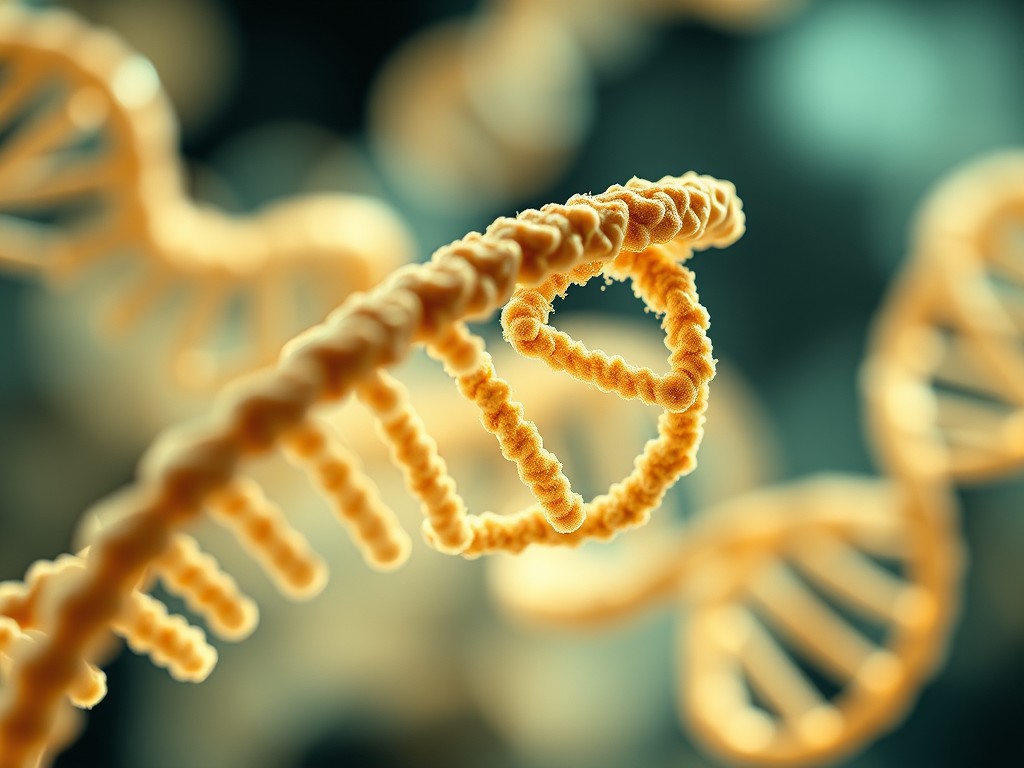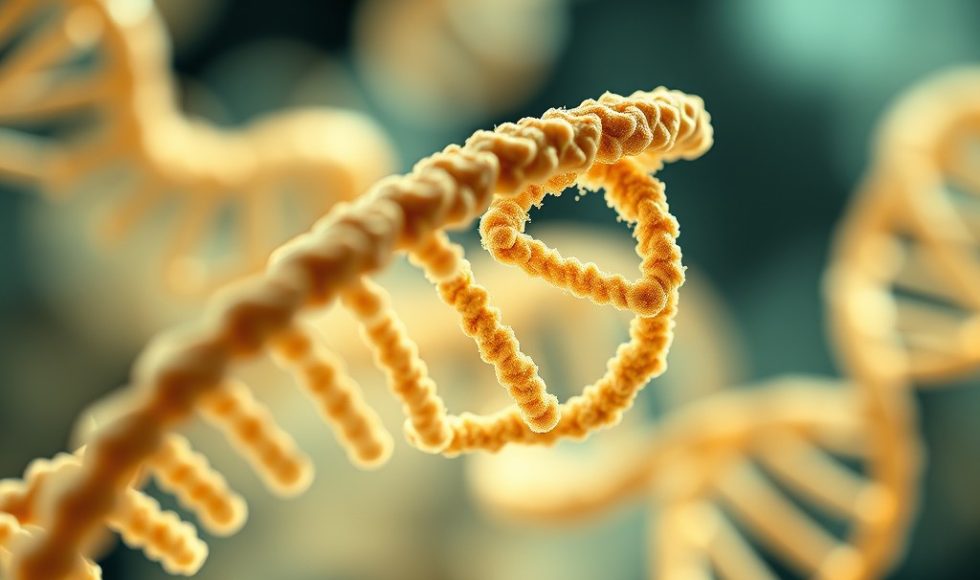Tonight, I continued watching the Oxford Nanopore Technologies session from ASM Microbe 2024. The title of the session was “Celebrating a decade of DNA discoveries: 10 years of the MinION in microbiology.”Before the second speaker, the live sequencing demo was shown on the screen. The team was sequencing a microbe and had the audience guess the identity. The second speaker was Ryan Wick, a postdoctoral bioinformatician at the University of Melbourne. They have developed numerous tools, including Bandage. Wick said they have been chasing the idea of a perfect bacterial genome. Wick defined a perfect genome assembly as a complete one contig per replicon assembly without errors. When variants are found, the approach is to go with the majority. Wick shared a Klebsiella isolate sequencing run from 2016 with a Q9.3. The assembly quality was about Q17.7, with 98.3% identity and … 91,000 errors. Wick developed Unicycler to use short reads from Illumina and then build the assembly graph with long “noisy” reads. Wick shared another Klebsiella run from 2021 that used multi-read FAST5, Guppy, and generated a Q13.6. The assembly produced a Q35 and 1,820 errors. In 2021, Wick moved to Trycycler using Nanopore reads first and Polypolish next with short reads. Wick shared a Klebsiella run from 2024. The reads were base called with Dorado from POD5. The single reads had a Q21.8. The assembly had a 99.99995% identity with a Q63 and 3 errors! Nearly a perfect genome! Wick shared that they now use Trycycler and Polypolish, but the Illumina reads are not as important as they used to be. Wick noted they are working on a replacement for Trycycler that is easier to use. Finally, in the future Wick wants to see assemblers that are able to handle and describe variation. What a great overview of bacterial assembly!



